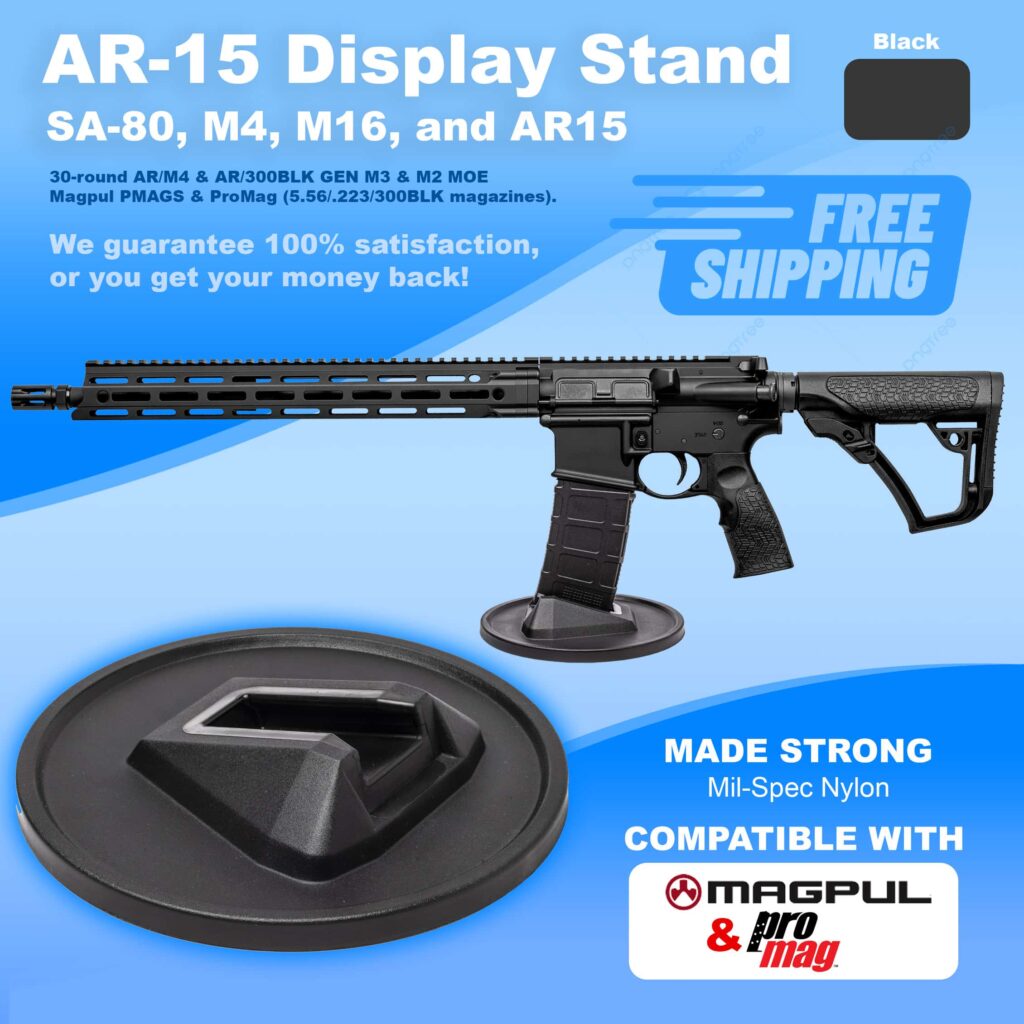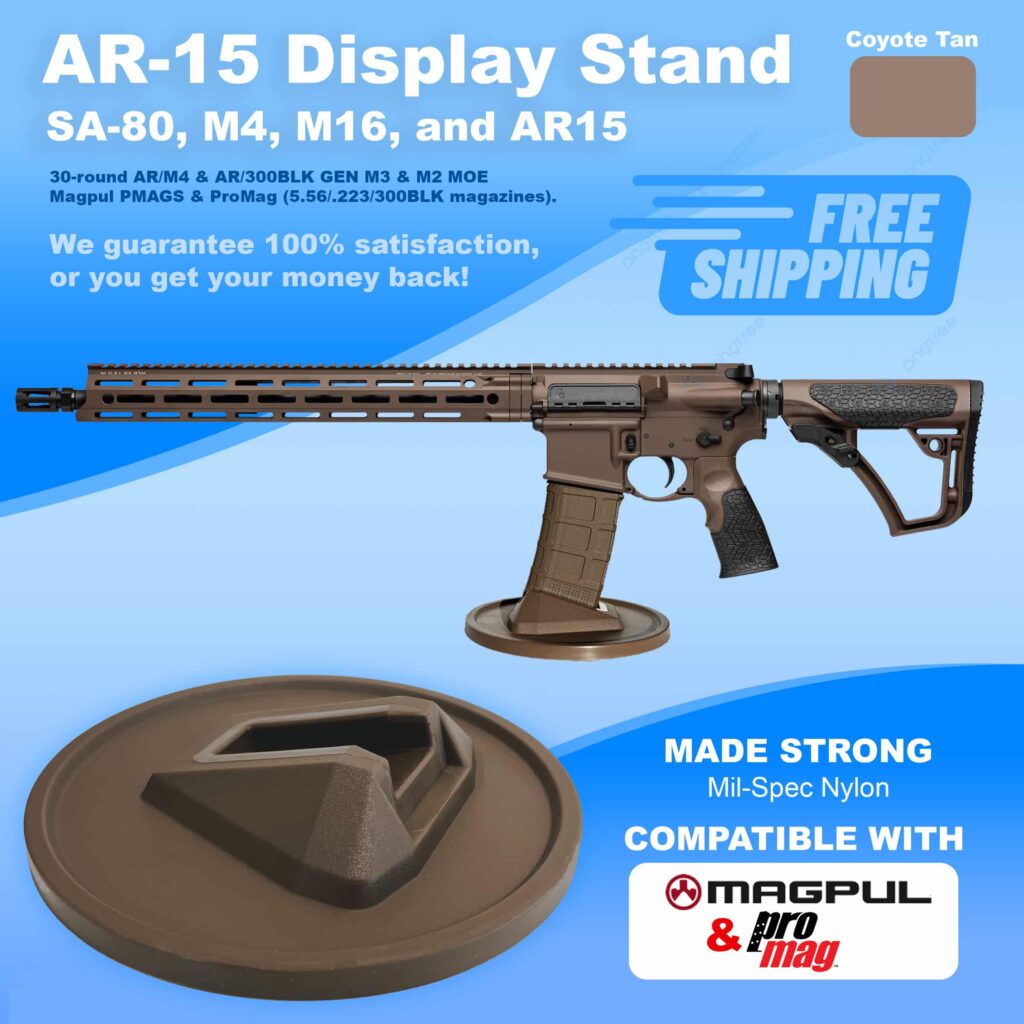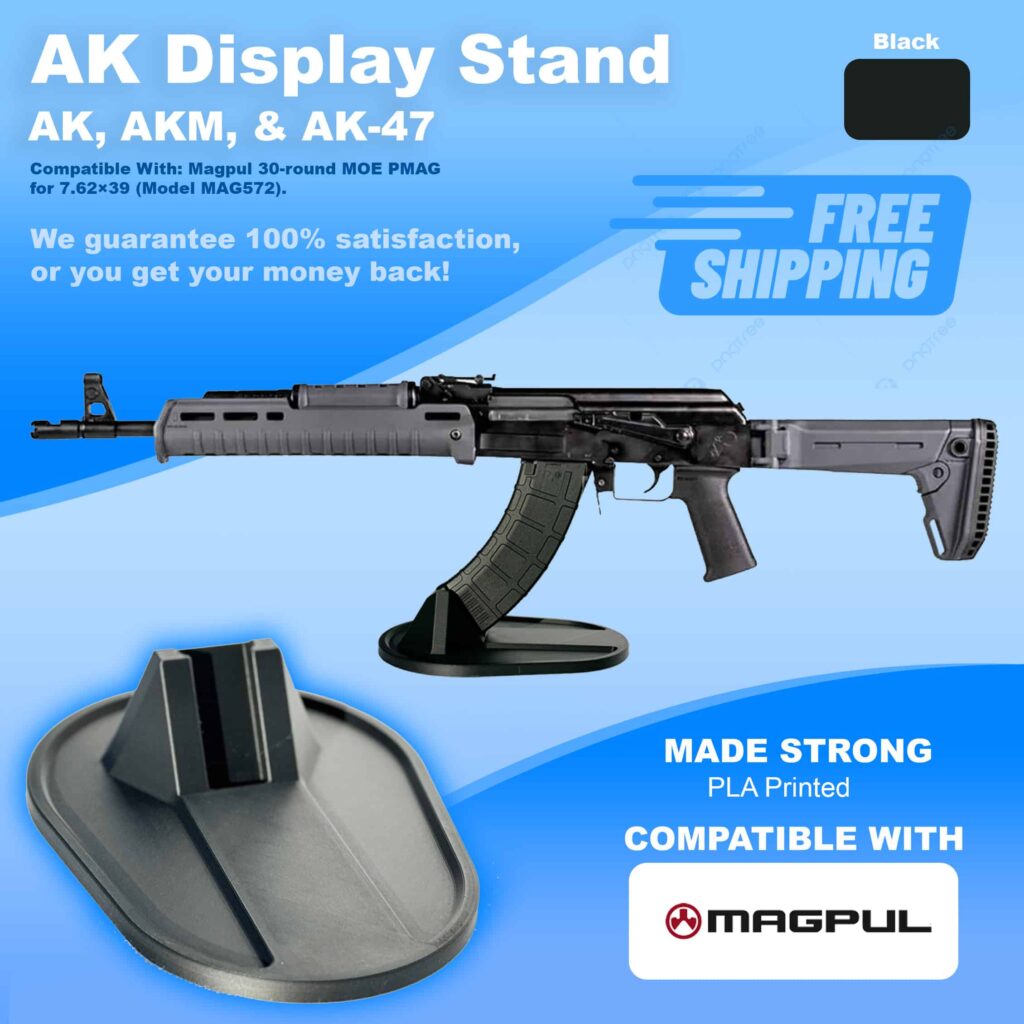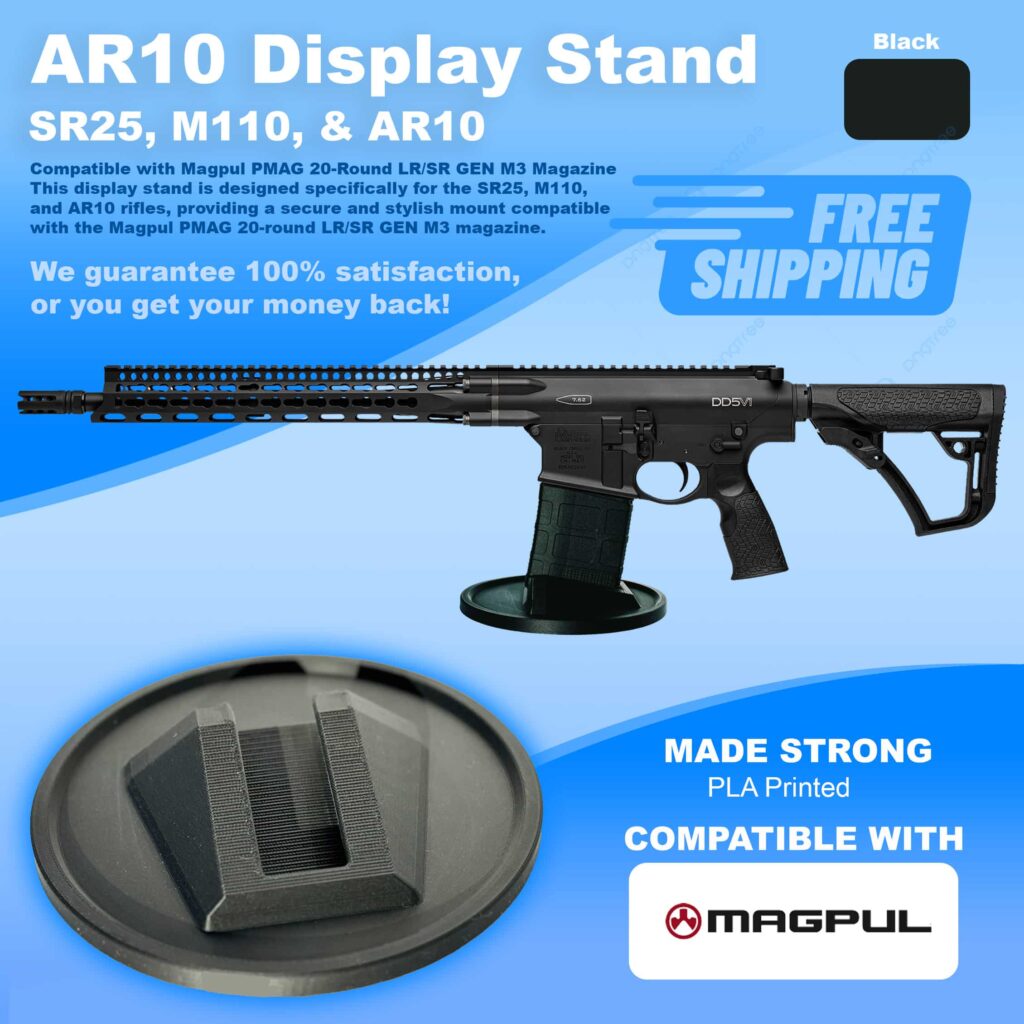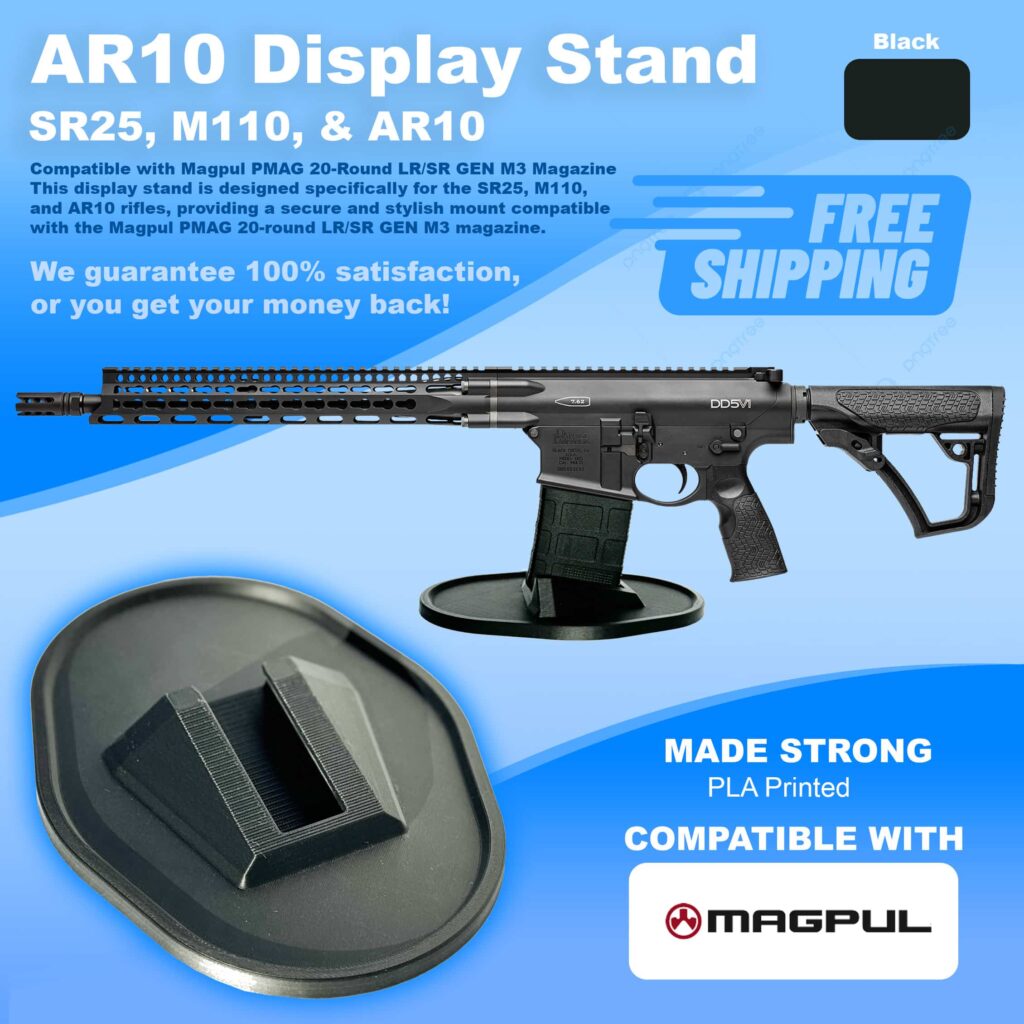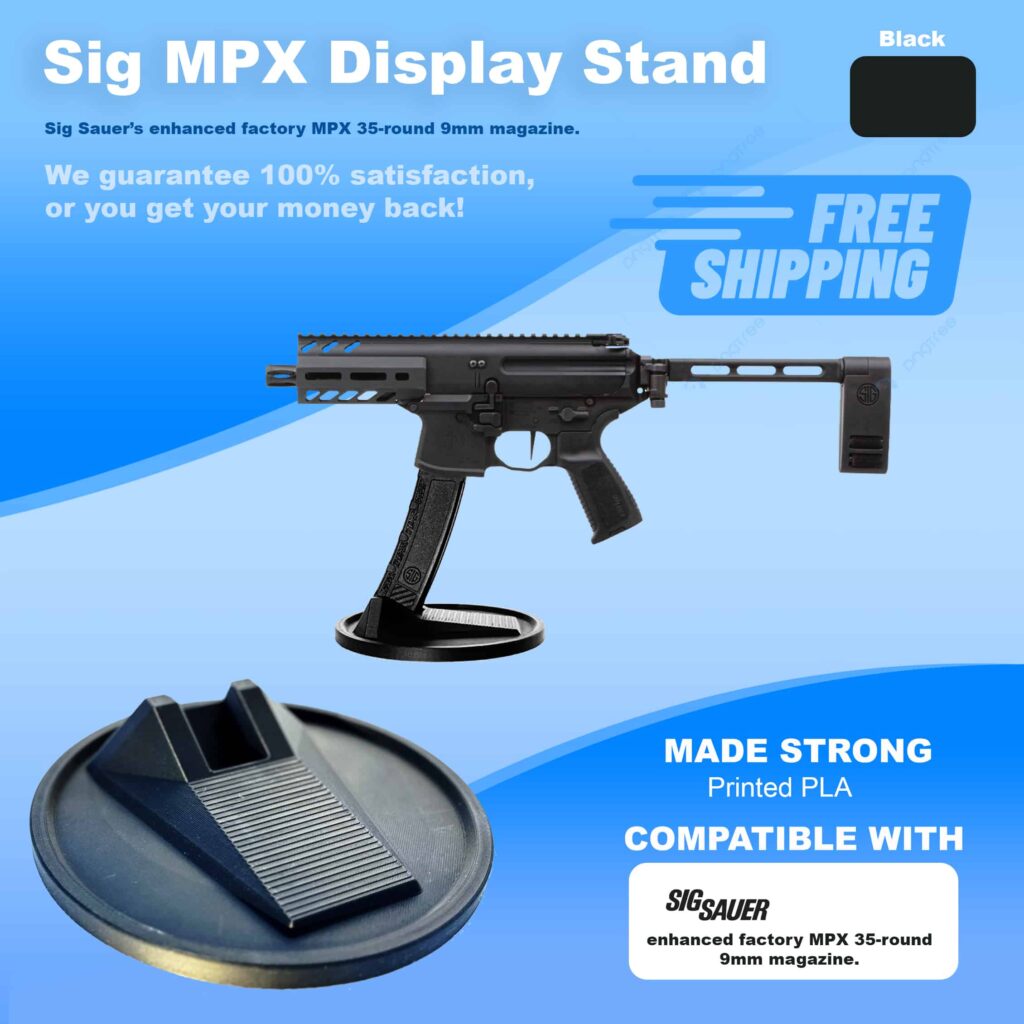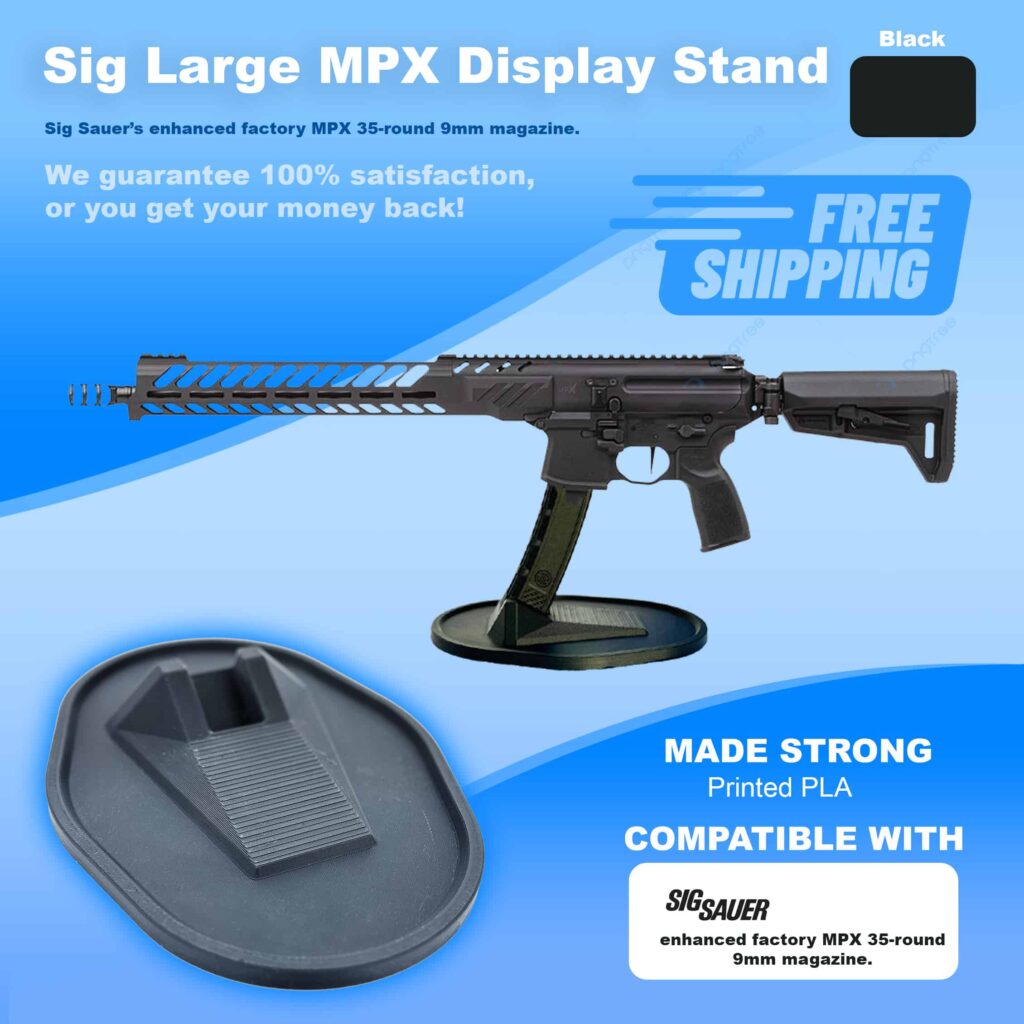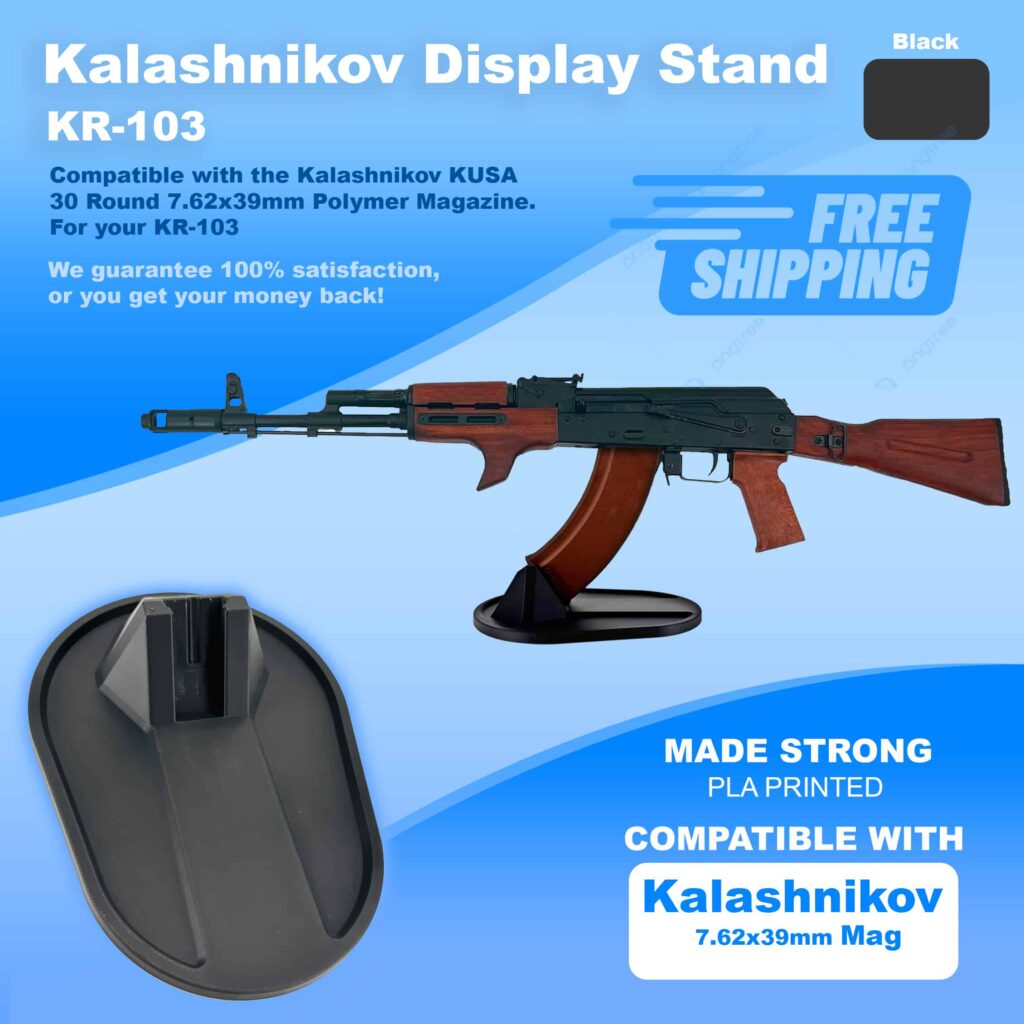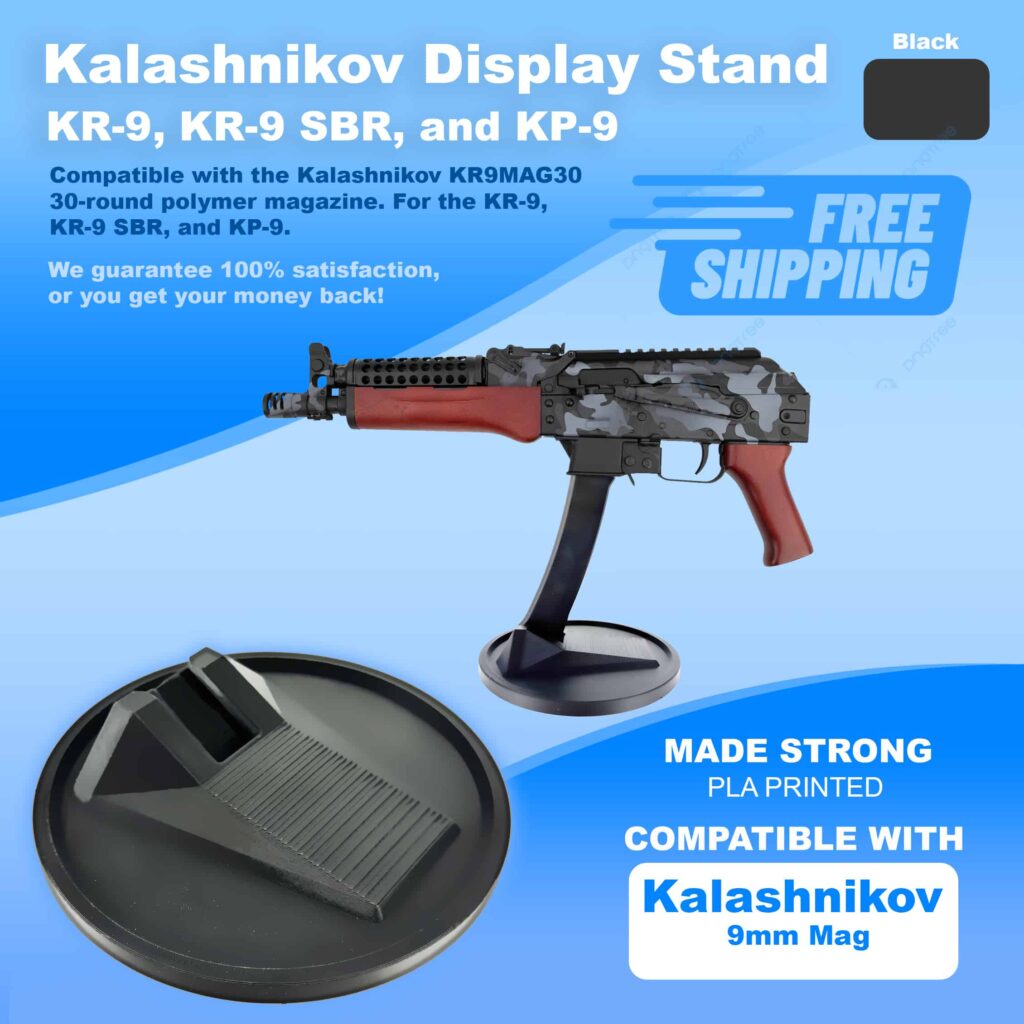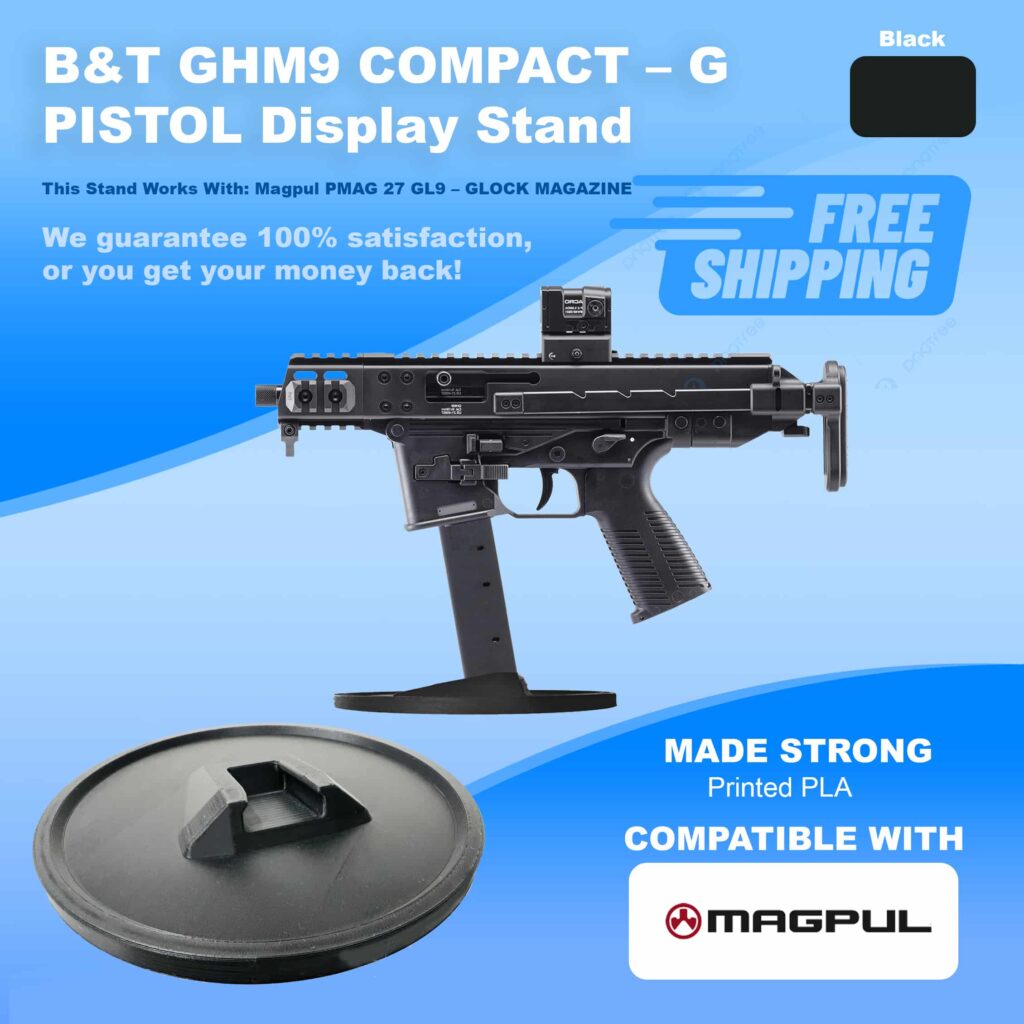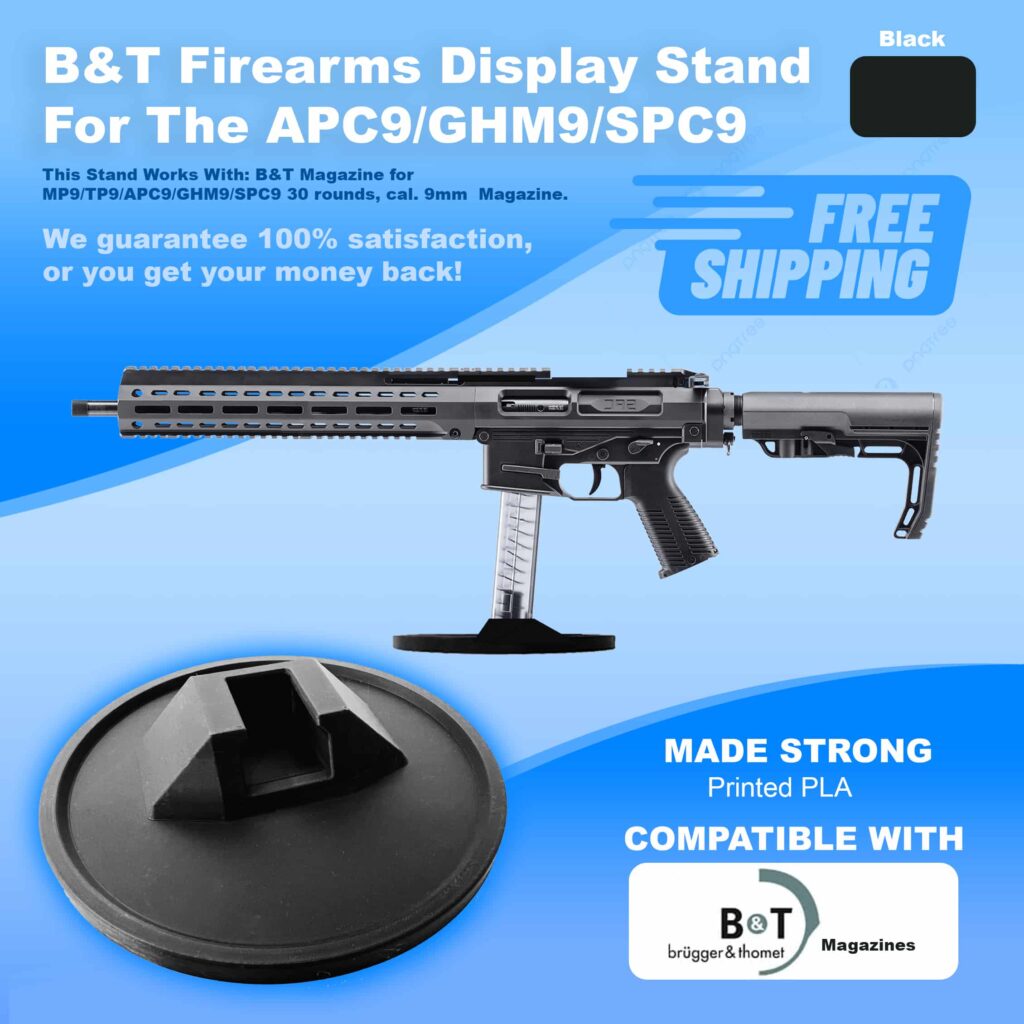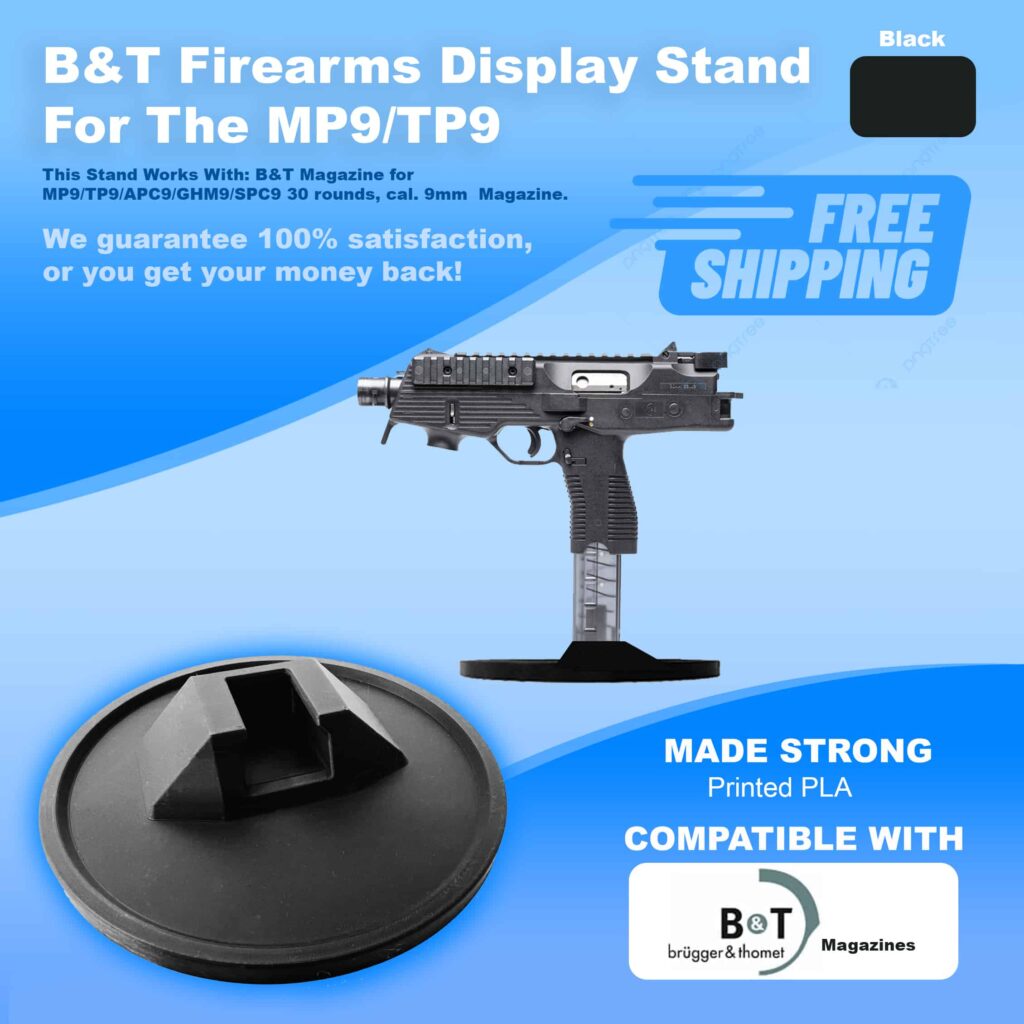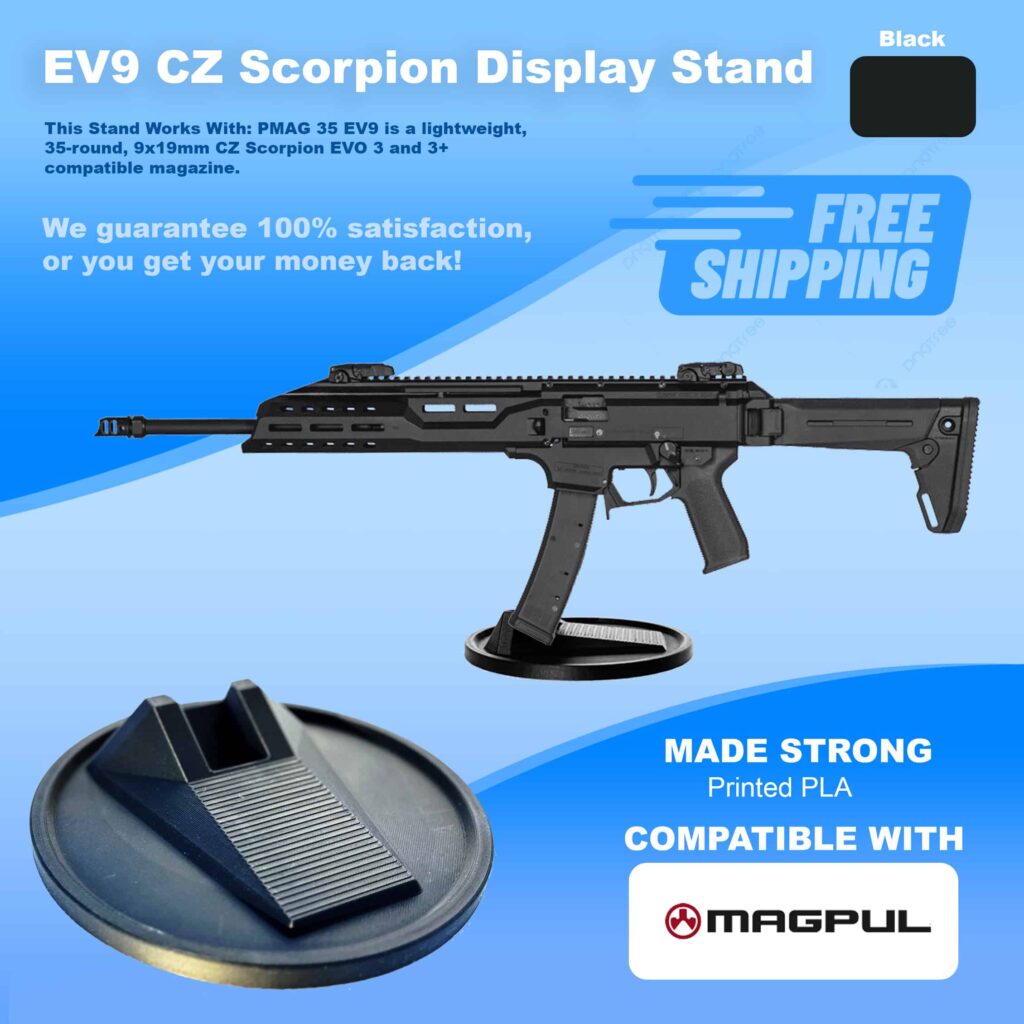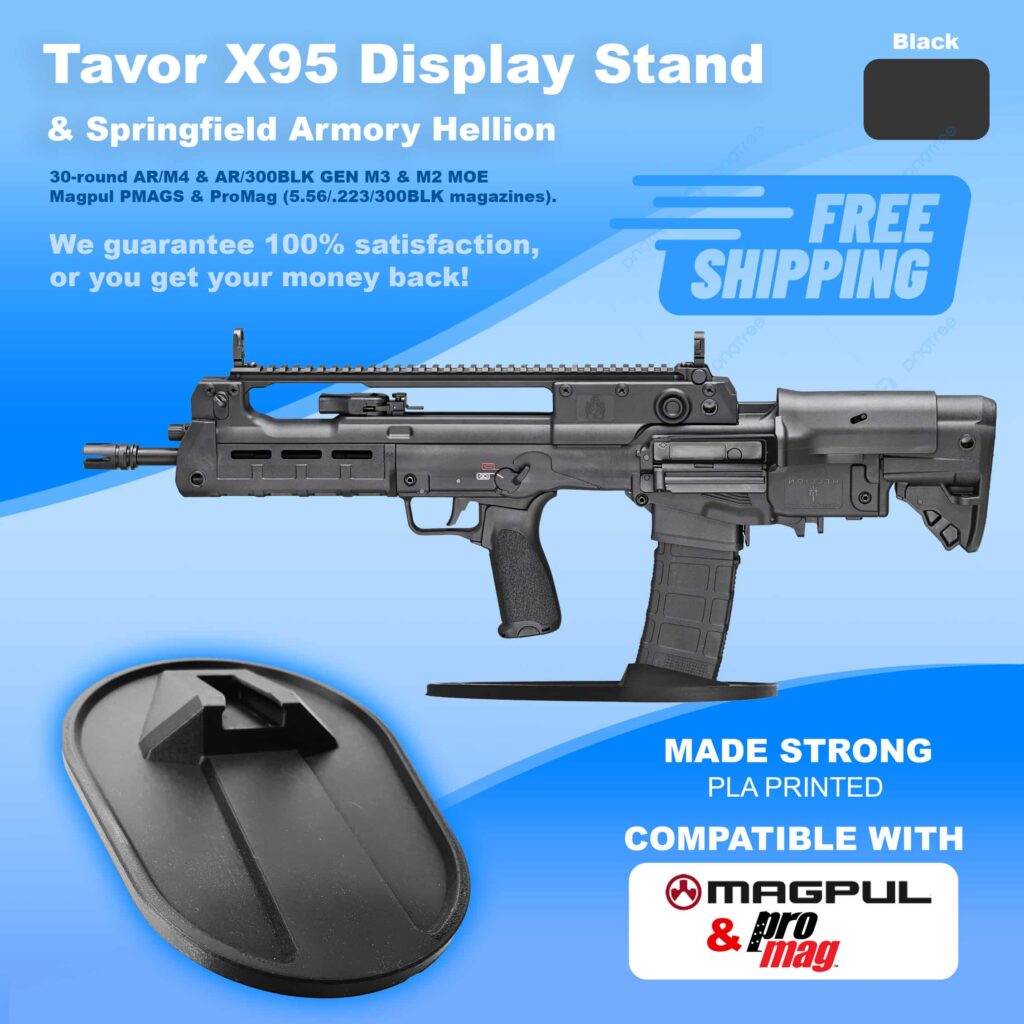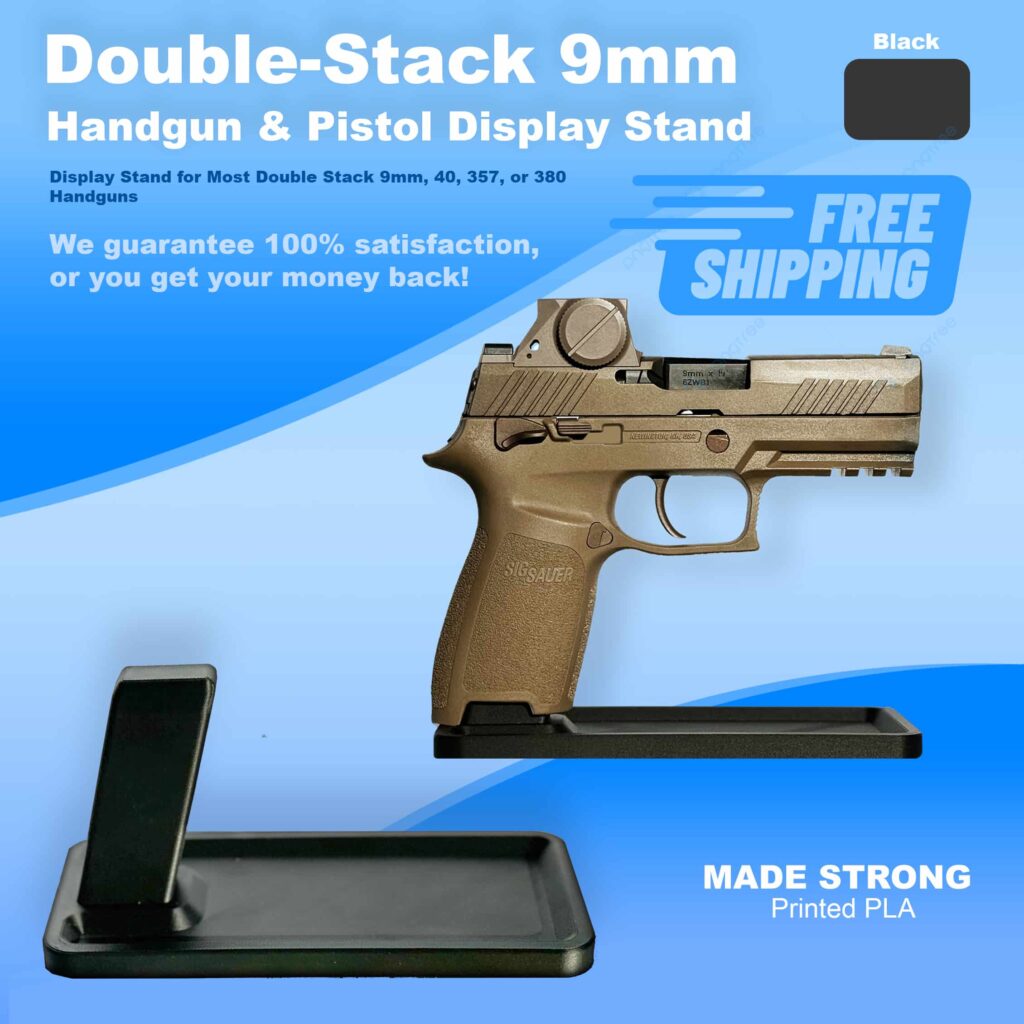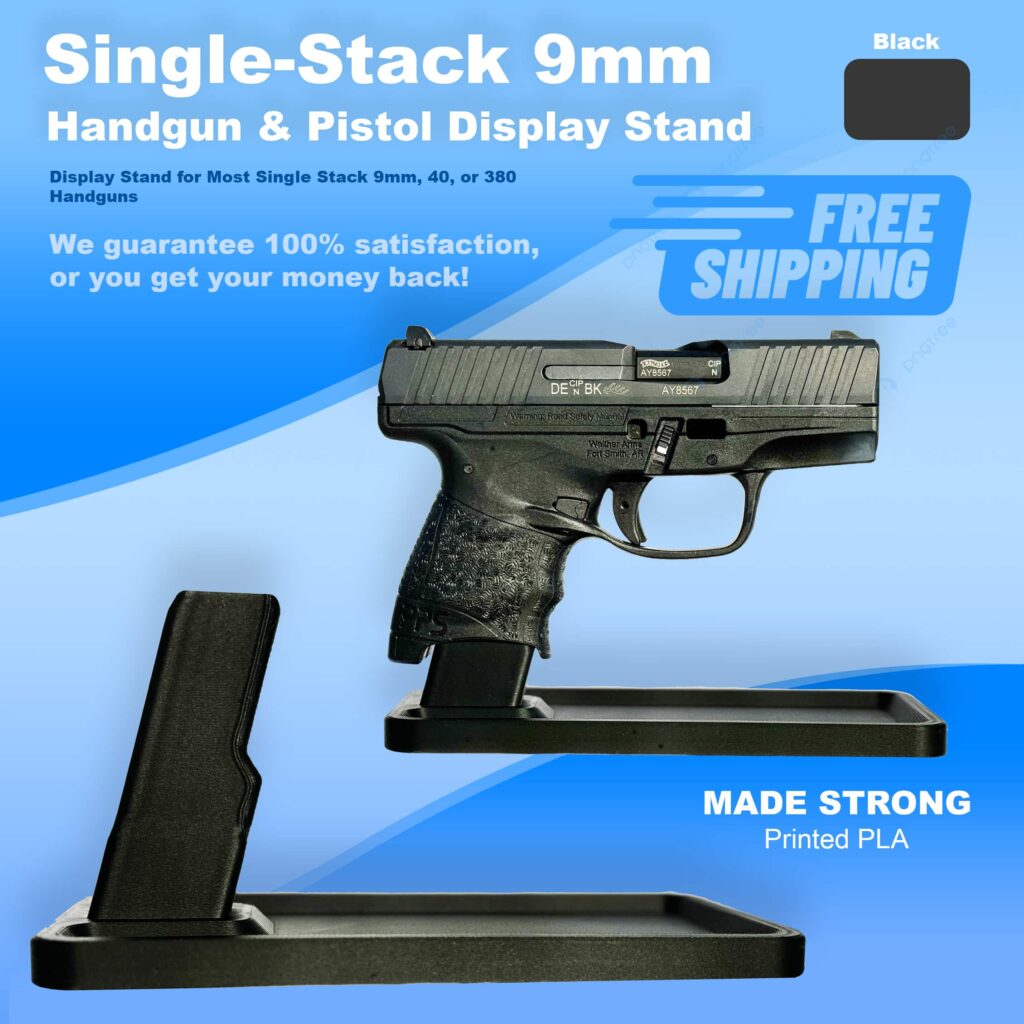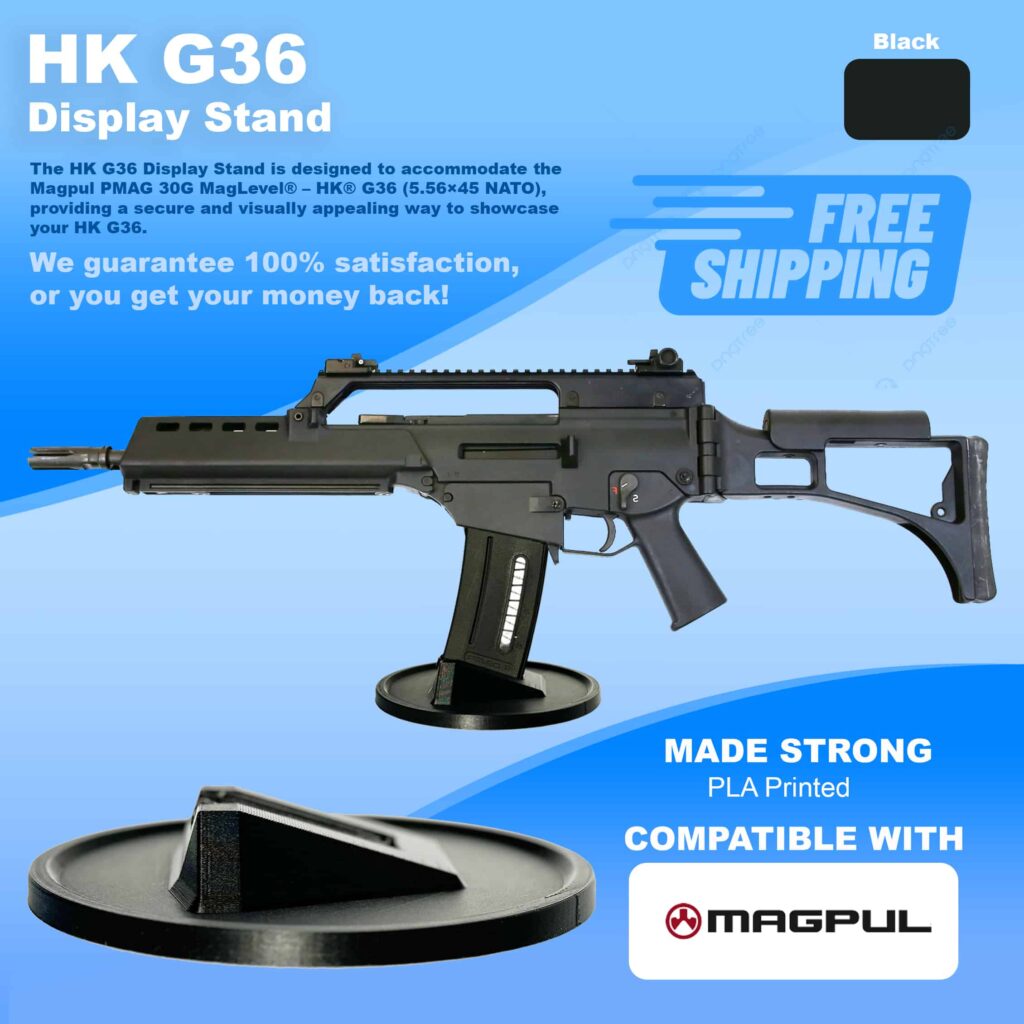Introduction to Concealed Carry Weapons
Concealed carry weapons (CCWs) provide individuals with a discreet means of self-defense, ensuring personal security in uncertain situations. Whether you’re an experienced gun owner or exploring the idea of concealed carry for the first time, understanding your options, responsibilities, and legal considerations is crucial. This comprehensive guide will cover everything you need to know about concealed carry weapons, from choosing the right firearm to navigating state laws and improving your proficiency.
Why Consider Concealed Carry Weapons?
Concealed carry weapons are ideal for those who prioritize personal safety and wish to remain prepared for emergencies. Key benefits include:
- Personal Protection: CCWs provide a reliable way to defend yourself and your loved ones in dangerous situations.
- Discreet Defense: Concealed weapons allow you to carry without drawing attention, reducing the risk of escalating conflicts.
- Empowerment: Responsible gun ownership fosters a sense of security and confidence in your ability to protect yourself.
- Deterrence: The potential presence of a concealed firearm can dissuade would-be attackers.
Popular Types of Concealed Carry Weapons
The choice of a concealed carry weapon depends on your lifestyle, experience, and personal preferences. Below are some common types of CCWs:
1. Handguns
Handguns are the most popular choice for concealed carry due to their compact size and ease of use. Common options include:
- Semi-Automatic Pistols: Known for their higher ammunition capacity and faster reload times, models like the Glock 19 and Sig Sauer P365 are widely favored.
- Revolvers: Reliable and simple to operate, revolvers like the Smith & Wesson J-Frame are great for beginners.
2. Pocket Pistols
Pocket pistols, such as the Ruger LCP II or Kel-Tec P3AT, are ultra-compact firearms designed to fit comfortably in small spaces, making them ideal for concealed carry.
3. Subcompact Pistols
Subcompacts strike a balance between firepower and portability. Examples include the Springfield Hellcat and Smith & Wesson M&P Shield Plus.
4. Compact and Folding Guns
Innovative designs like the LifeCard by Trailblazer Firearms offer discreet options that fold into the size of a credit card.
Factors to Consider When Choosing a Concealed Carry Weapon
When selecting a CCW, consider the following:
1. Size and Weight
A firearm that is too bulky or heavy may be uncomfortable to carry daily. Subcompact and pocket pistols are often the preferred choice for comfort and concealability.
2. Caliber
The caliber of your firearm affects stopping power, recoil, and ammunition availability. Popular calibers for concealed carry include:
- 9mm: Offers a good balance of stopping power, manageable recoil, and ammunition availability.
- .380 ACP: Known for its reduced recoil and compact firearm compatibility.
- .45 ACP: Delivers superior stopping power but often comes with increased recoil.
3. Capacity
The number of rounds a firearm holds is an important consideration. Semi-automatic pistols typically offer higher capacities than revolvers.
4. Ergonomics
Comfortable grip and intuitive controls are essential for safe handling. Ensure your chosen firearm feels natural in your hand.
5. Reliability
Your CCW must function flawlessly in high-stress situations. Research models with a proven track record of dependability.
Concealed Carry Holsters and Accessories
A quality holster is critical for safely and discreetly carrying your firearm. Consider the following holster types:
- Inside-the-Waistband (IWB) Holsters: Worn inside the waistband for maximum concealment.
- Outside-the-Waistband (OWB) Holsters: Easier to access but may require a jacket for concealment.
- Pocket Holsters: Designed for pocket pistols, ensuring safe carry without compromising access.
- Shoulder Holsters: Ideal for those who spend long periods sitting or driving.
- Ankle Holsters: Provide a secondary carry option or backup weapon storage.
Additional accessories include:
- Gun Belts: Sturdy belts designed to support the weight of your firearm.
- Trigger Guards: Enhance safety by preventing accidental discharges.
- Magazine Carriers: Conveniently carry spare magazines for quick reloads.
Legal Considerations for Concealed Carry
Laws governing concealed carry vary widely between states. Familiarize yourself with the regulations in your area to ensure compliance.
1. Permit Requirements
Most states require a concealed carry permit. Common prerequisites include:
- Completion of a firearms training course
- Background checks
- Meeting age requirements (typically 21+ years)
2. Reciprocity
If you travel frequently, research state reciprocity agreements to understand where your permit is honored.
3. Restricted Locations
Many states prohibit concealed carry in certain areas, such as schools, government buildings, and private businesses that post signage.
4. Duty to Inform
Some states mandate that you inform law enforcement officers of your concealed weapon during traffic stops or interactions.
Training and Proficiency
Carrying a concealed weapon comes with significant responsibility. Regular training ensures that you can handle your firearm safely and effectively.
1. Firearms Safety
Follow these fundamental safety rules:
- Always treat every firearm as if it is loaded.
- Keep your finger off the trigger until ready to shoot.
- Never point your firearm at anything you do not intend to destroy.
- Be aware of your target and what lies beyond it.
2. Marksmanship
Practice regularly to develop accurate shooting skills. Focus on:
- Grip
- Stance
- Sight alignment
- Trigger control
3. Defensive Tactics
Enroll in defensive shooting courses to learn how to respond effectively in real-world scenarios.
4. Simulated Training
Simulation tools, such as laser trainers and airsoft guns, allow you to practice in a controlled environment.
Insurance for Concealed Carry
Some companies offer concealed carry insurance, which covers legal expenses in self-defense incidents. Coverage typically includes:
- Attorney fees
- Bail bond assistance
- Civil suit defense
- Expert witness testimony
Popular providers include:
- USCCA (United States Concealed Carry Association)
- NRA Carry Guard
- Armed Citizens’ Legal Defense Network
Common Myths About Concealed Carry
1. Myth: Carrying a Gun is Enough
Reality: Training and situational awareness are just as important as the weapon itself.
2. Myth: Small Guns Are Best
Reality: While small guns are easier to conceal, they may be harder to shoot accurately.
3. Myth: You’ll Always Have Time to Draw
Reality: Situations often unfold rapidly; mental preparation and awareness are key.
Conclusion: Carry Responsibly
Concealed carry weapons are powerful tools for personal defense, but they come with significant responsibilities. By choosing the right firearm, adhering to legal requirements, and committing to ongoing training, you can ensure that you are prepared to protect yourself and others effectively. Whether you’re a seasoned gun owner or new to concealed carry, knowledge and preparation are your best allies.
If you’re ready to explore concealed carry weapons, browse our extensive collection of handguns, holsters, and accessories. Our team of experts is here to help you find the perfect fit for your needs.
